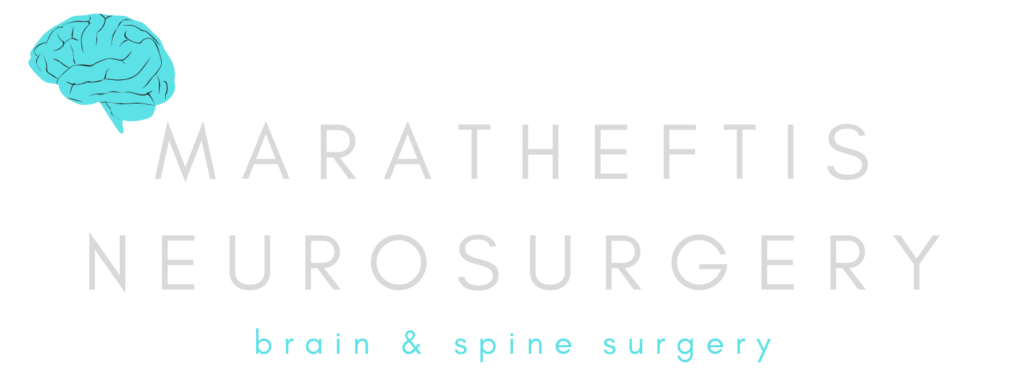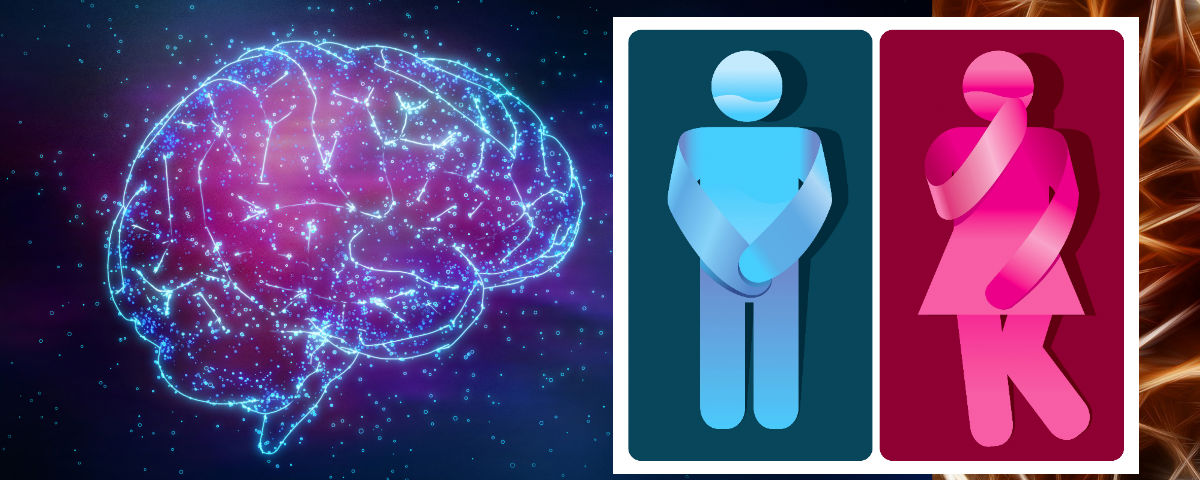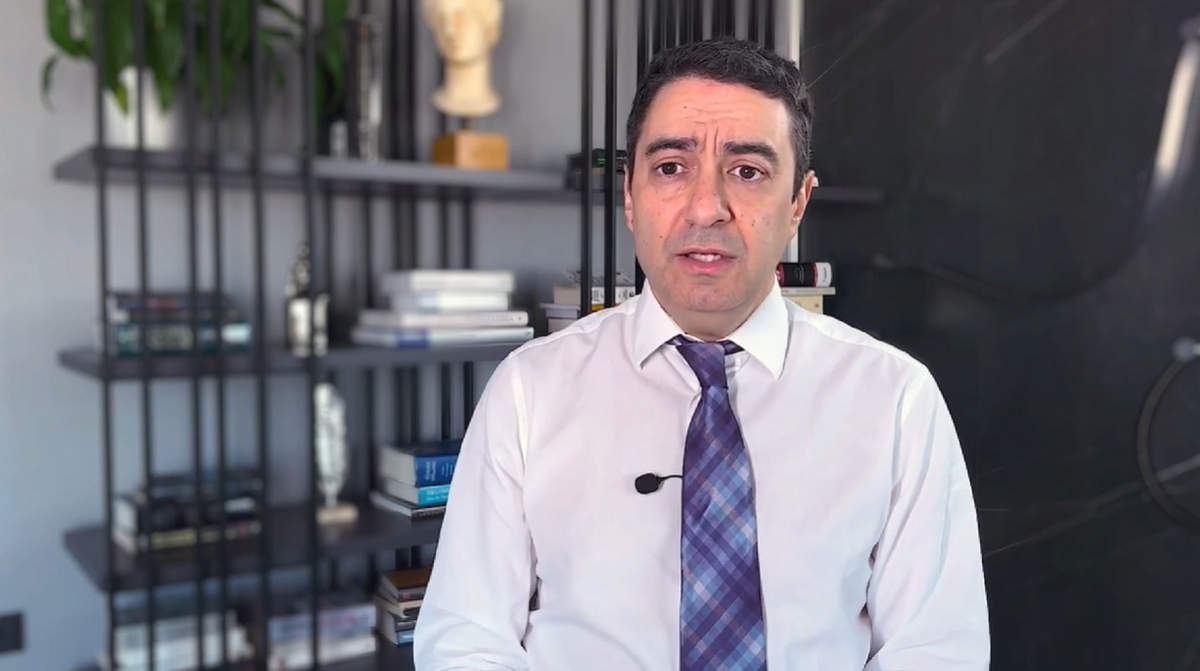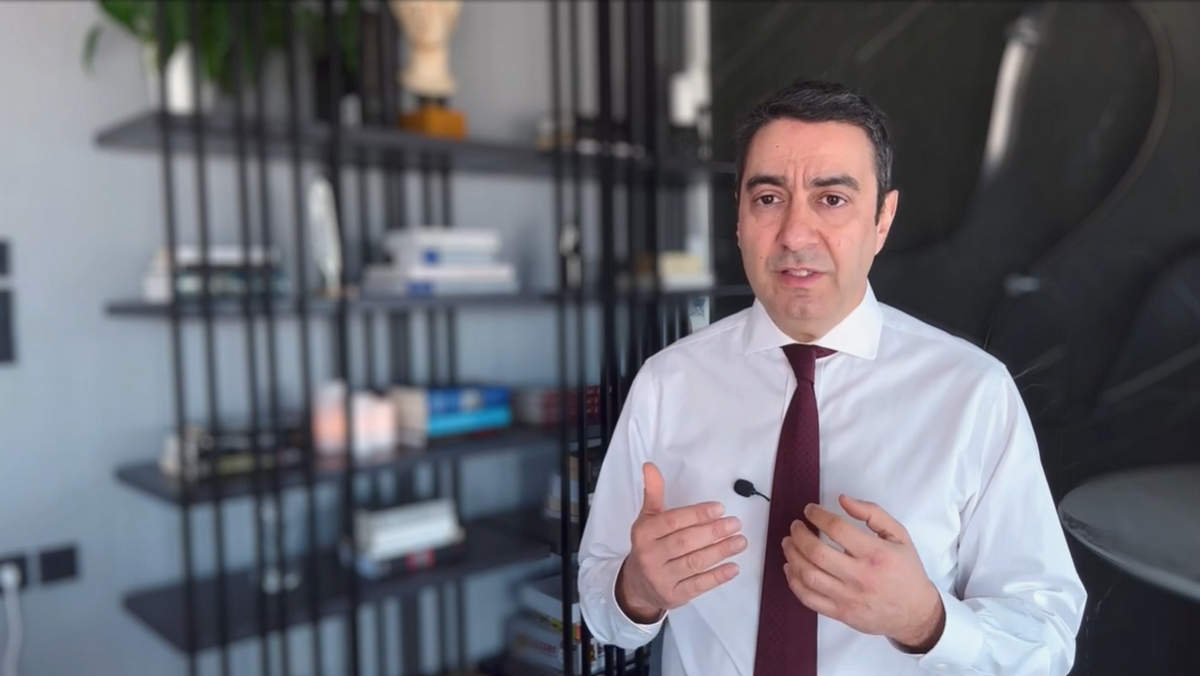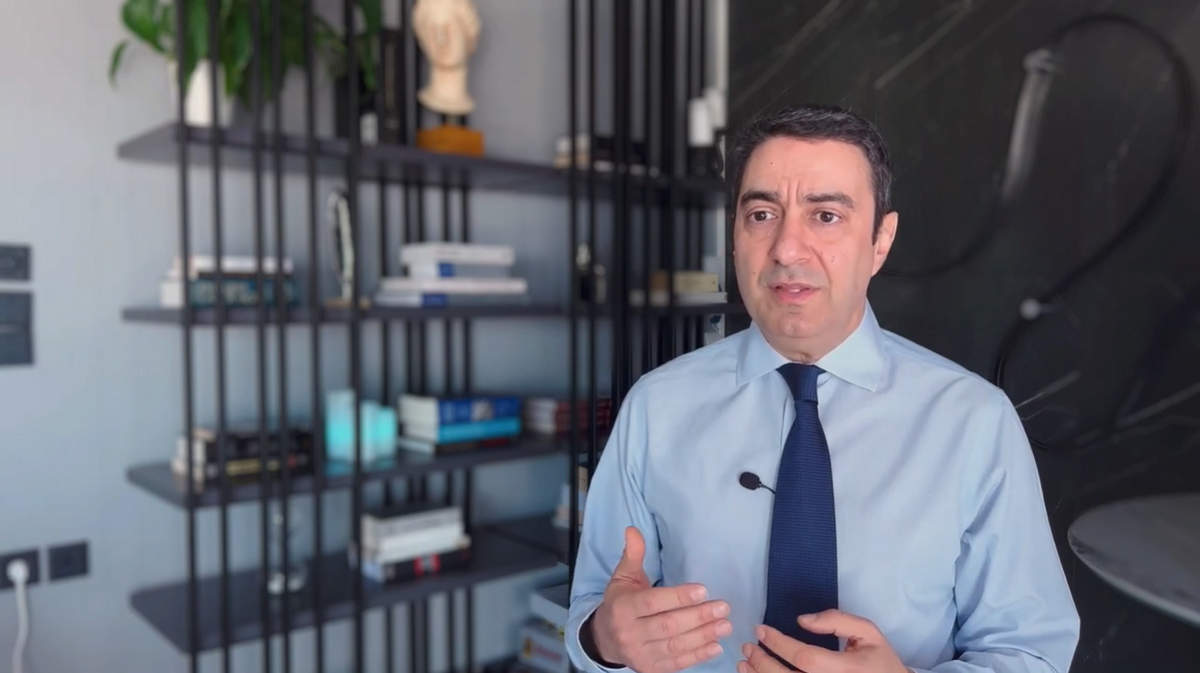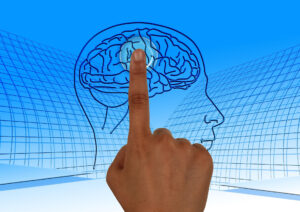Urinary incontinence is unfortunately a very common condition, which is most often not adequately treated. It is estimated that 1 in 6 women over the age of 45 suffers from some form of incontinence. This condition has a significant social and psychological impact on patients. It often leads to social isolation, deprivation of simple daily entertainment and activities. In fact, patients are ashamed of their incontinence, believe that nothing can be done and accept to suffer.
The causes and types of incontinence
The causes are many: Indicative examples include multiple pregnancies, menopausal hormonal disorders, surgery and muscle injuries in the genitourinary system, multiple sclerosis and other diseases or injuries of the nervous system.
The types of incontinence can be summarised in 2-3 basic categories: they are effort incontinence (coughing, sneezing, muscle effort), epileptic incontinence (overactive bladder) and urinary retention incontinence.
The treatment of incontinence is always oriented to the cause. The first line of treatment is physiotherapy with special pelvic exercises and medication. If these are not effective or there are side effects of medication, such as glaucoma, dry mouth, nausea, drowsiness, etc., then there are invasive treatments, such as repeated injections botox, or the surgical placement of a restraint “tape”.
A new treatment for incontinence
However, there is a new treatment, which has been applied with great success in at least 150,000 patients around the world, but surprisingly not in Greece: Electrostimulation of the sacral nerve.
With this method we achieve, now also in Greece, the neuromodulation of the reflex arc of urination. It is an affordable, minimally invasive and highly effective method of treating incontinence.
Neuromodulation means to activate a new neural pathway to the brain to restore normal function.
It is used in patients suffering from incontinence due to overactive bladder and incontinence due to retention not due to bladder obstruction. First, a simple urodynamic study is performed to identify suitable candidates for stimulator placement.
The “test stimulation” electrode is then implanted for a few days. Patients keep a diary to confirm that incontinence is adequately controlled. So if neurostimulation is proven to help, then with a simple day surgery, the permanent stimulator is placed and patients start a new life.
A new quality of life
Simple activities such as a night out, a trip to the mountains or the sea, playing with their children and grandchildren, swimming, a long trip by any means, or a social event become part of their daily life again.
The quality of life is restored and with it the good mood, which has been so lacking in the suffering of incontinent patients.
If you or someone close to you is concerned, please do not hesitate to contact us.
